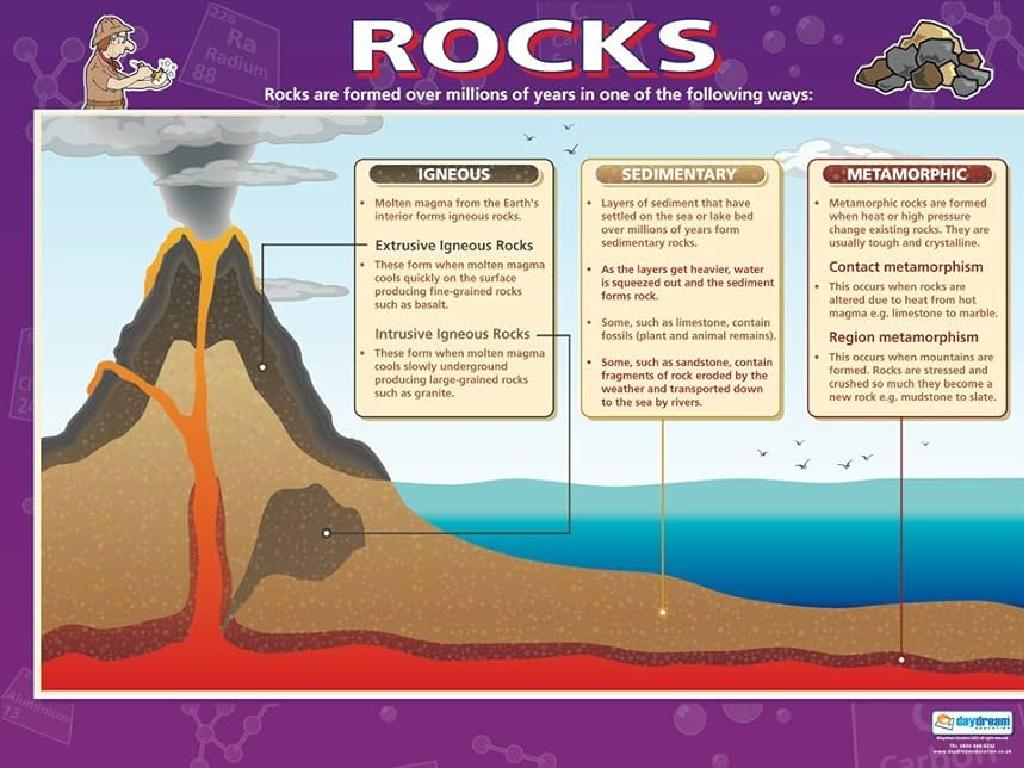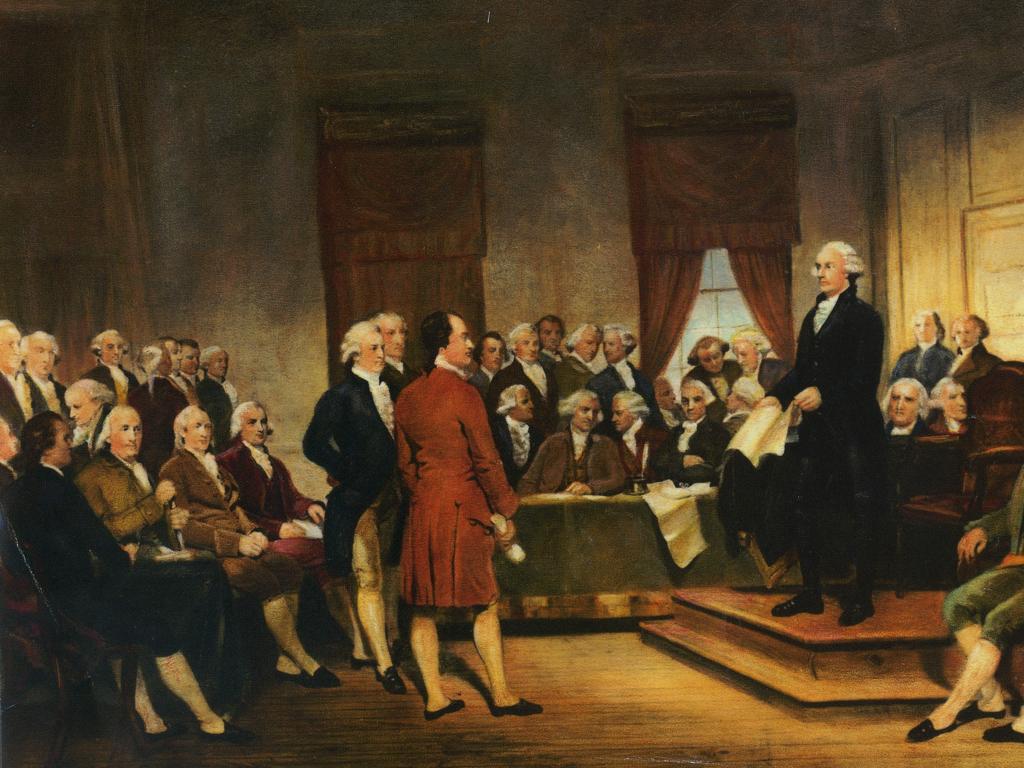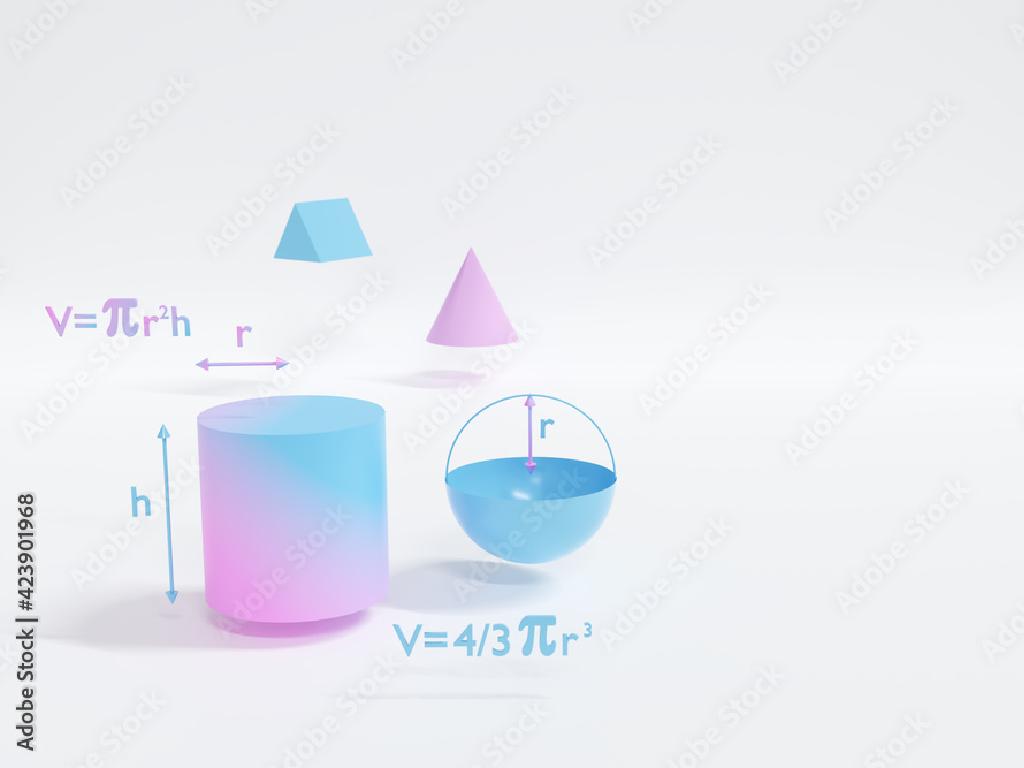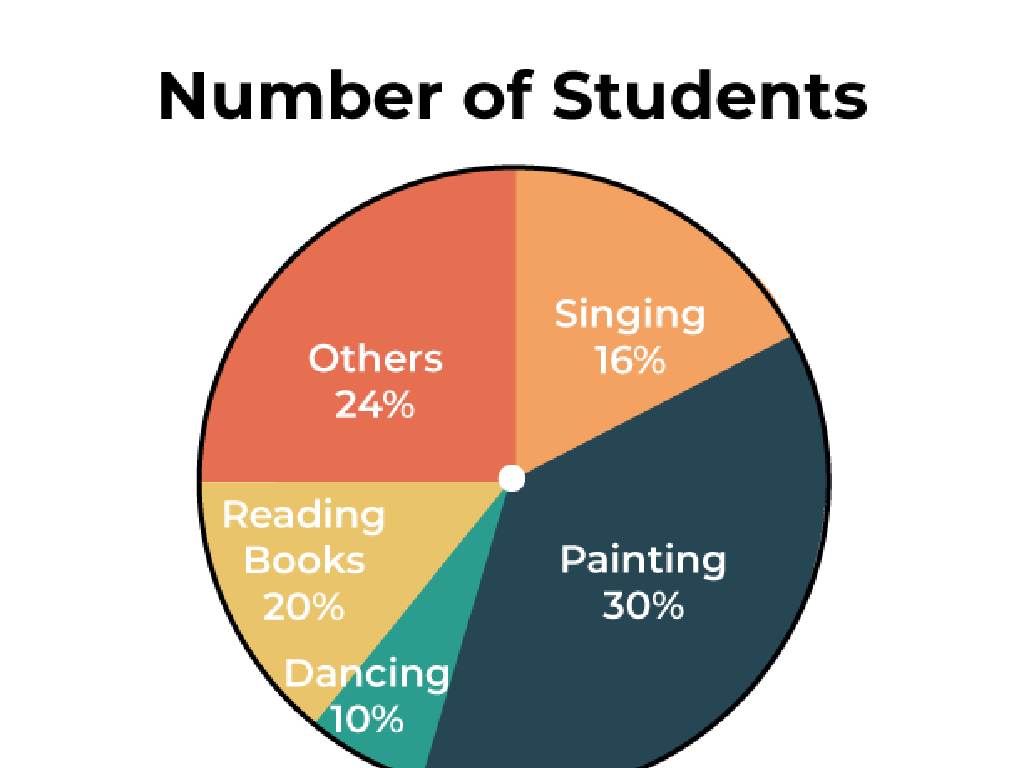Adding 1
Subject: Math
Grade: First grade
Topic: Addition Up To 20
Please LOG IN to download the presentation. Access is available to registered users only.
View More Content
Welcome to Addition: Adding 1
– Understanding addition
– Addition means putting numbers together.
– Adding 1 to numbers
– When we add 1, the number grows by one step.
– Numbers up to 20
– We’ll add 1 to numbers from 1 to 19.
– Practice time!
|
This slide introduces the concept of addition by focusing on the simplest form of addition: adding 1. Start by explaining that addition is the process of combining two or more numbers to find the total amount. Use visual aids like counting blocks or fingers to demonstrate adding 1 to various numbers. Encourage the students to participate by asking them what comes after a given number. Provide plenty of examples and practice opportunities, ensuring that each student can confidently add 1 to numbers up to 20. This foundational skill will set the stage for more complex addition in the future.
Understanding Adding 1
– What does ‘add 1’ mean?
– It’s like adding one more apple to a basket of apples.
– Adding 1 makes numbers grow
– If we have 3 apples and add 1, we have 4 apples!
– Counting practice with adding 1
– Let’s count from 1 to 10, adding 1 each time!
|
This slide introduces the concept of addition by 1 in a way that’s relatable to first graders. Start by explaining that adding 1 is like putting one more item into a group, such as one more block to a tower or one more sticker to a collection. Emphasize that when we add 1, the total number of items increases by 1, making the group larger. Use visual aids like counting objects to demonstrate this concept. Engage the class in a counting activity where they count aloud from 1 to 10, adding 1 each time to reinforce the concept. This interactive approach helps solidify their understanding of basic addition.
Adding 1 to Numbers 1-10
– Start with numbers 1 to 10
– Add 1 to each number
– Adding 1 moves us to the next number
– Observe the new number
– For example, 1 becomes 2, 2 becomes 3
– Practice with examples
|
This slide introduces the concept of addition by 1 within the range of 1 to 10, which is a fundamental skill in first-grade mathematics. Begin by explaining that adding 1 to a number simply means counting up to the next number. Use clear examples on the board, such as 1 + 1 = 2, and continue with the sequence up to 10 + 1 = 11. Encourage students to use their fingers to count if necessary. Reinforce the concept by having students practice with different numbers within this range, both as a class and individually. This will help solidify their understanding of sequential number order and the basics of addition.
Adding 1 to Numbers 11-20
– Adding 1 to numbers 11-20
– The next number is 1 more
– It’s like taking one step forward
– Example: 11 + 1 = 12
– Just like counting up by one
– Practice: 12 + 1 = ?
– Let’s find out together in class!
|
This slide is aimed at helping first graders understand the concept of adding 1 to numbers within the range of 11-20. Emphasize that when we add 1, we are simply moving to the next number in the sequence. Use the examples provided to illustrate this point and encourage the students to visualize taking one step forward each time they add 1. During the class, engage the students in a practice session where they can apply this concept to different numbers within the given range. This will help solidify their understanding of sequential addition and prepare them for more complex addition tasks.
Practice Time: Adding 1
– Try adding 1 on your own
– We’ll solve problems as a group
– Mistakes are okay, they help us learn
– Everyone will get a chance to try
|
This slide is designed to encourage active participation and to reinforce the concept of adding 1. Start with simple numbers and gradually increase difficulty. Provide clear examples on the board and work through them together. Remind students that making mistakes is a natural part of the learning process and that each mistake is an opportunity to improve. Rotate through the class to give each student a chance to solve a problem, ensuring they feel supported and confident. Possible activities include using physical objects to count, interactive whiteboard exercises, or peer-to-peer problem-solving. The goal is to create a supportive environment where students are comfortable trying new problems and are not afraid to make mistakes.
Let’s Play a Game: Hop and Add 1
– Play ‘Hop and Add 1’ game
– Hop forward on a number line
– Each hop adds 1 to the number
– Learn adding 1 with fun
|
This interactive game is designed to help first graders understand the concept of addition by 1 in a physical and engaging way. Set up a number line on the floor of the classroom. Each student will take turns hopping along the number line, starting at any number, and with each hop, they will add 1. This activity not only reinforces the concept of incrementing numbers by one but also helps with number recognition and counting sequence. For the teacher: Prepare different starting points for each student to ensure variety. Encourage students to say the numbers out loud as they hop to reinforce auditory learning. Monitor the students to ensure they understand that each hop represents an addition of one. After the activity, discuss with the class what they learned and how the game helped them understand adding 1.
Class Activity: Adding 1 with Objects
– Count objects in front of you
– Add 1 more object to your group
– Observe the new total of objects
– Understand adding 1 practically
– See how the total changes when we add one more
|
This activity is designed to provide students with a tangible understanding of the concept of addition by adding one. Distribute a small number of objects to each student and have them count the total. Then, give them one additional object to add to their group. Ask the students to count the new total and notice the change. This hands-on experience reinforces the idea that adding one increases the total by one. Possible variations of the activity could include using different objects, pairing students to combine their objects, or using a number line to visualize the addition. The goal is to ensure that students can confidently add one to any given number.
Great Work on Adding 1!
– Celebrate your adding skills
– Adding 1 makes numbers grow
– Just like the next step on a ladder
– Count and add 1 for practice
– Try counting toys, steps, or even claps
– Keep practicing at home!
|
This slide is a conclusion and review of the day’s lesson on adding 1. It’s meant to reinforce the concept that adding 1 to any number increases it by one unit, which is a fundamental building block for future math skills. Encourage the students to practice this concept in a variety of fun ways at home, such as counting objects or actions. Remind them that practice is key to becoming confident in their new skill. Celebrate their effort and progress in today’s lesson to boost their confidence and interest in math.






